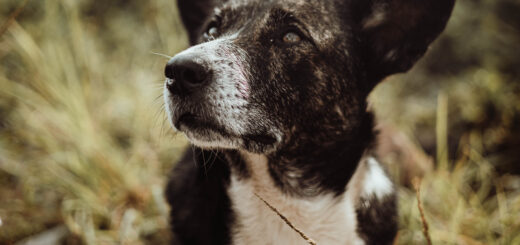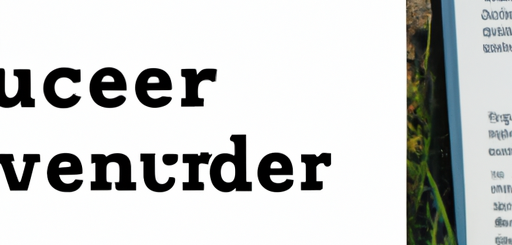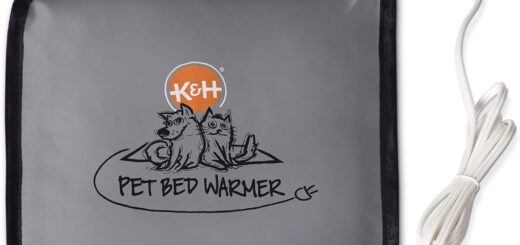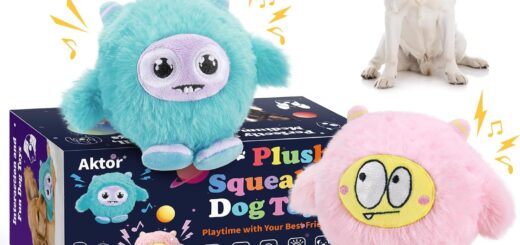Managing Separation Anxiety In Dogs: Tips For A Calmer Home Alone Experience
Do you ever wonder why your furry friend gets so anxious when you leave the house? Well, it’s called separation anxiety, and many dogs experience it. It’s important to help our canine companions feel calm and safe when they’re home alone. In this article, you’ll find tips and tricks to manage separation anxiety in dogs, so they can have a happier and more relaxed time when you’re not around. From creating a cozy space for them to providing soothing music, these simple strategies will make a big difference in their overall well-being. Let’s help our fur buddies feel more comfortable when we have to step out of the house!
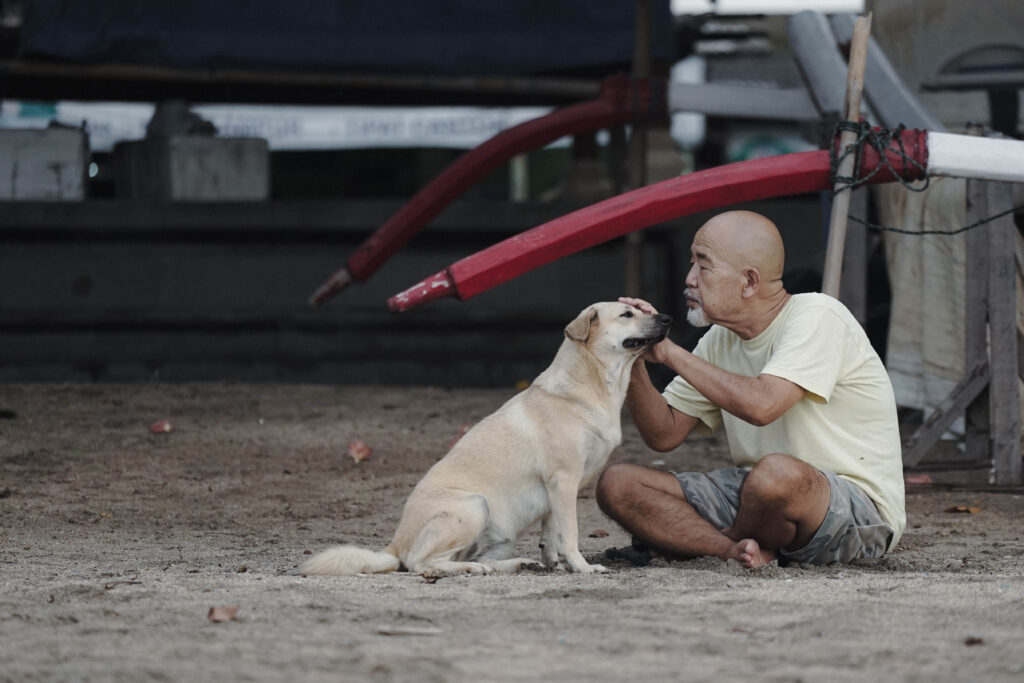
This image is property of images.pexels.com.
Understanding Separation Anxiety in Dogs
Separation anxiety is a condition that many dogs experience when they are left alone. It’s important to understand the signs and symptoms of separation anxiety so that you can recognize if your dog is struggling with this issue. Some common signs include excessive barking or howling, destructive behavior, house soiling, and trying to escape. If your dog displays these behaviors when you leave them alone, they may have separation anxiety.
Causes of Separation Anxiety
There can be several reasons why a dog develops separation anxiety. One common cause is a lack of proper socialization or early training. Dogs who have not been exposed to different environments and experiences may feel fearful and anxious when separated from their owners. Other dogs may develop separation anxiety due to a traumatic experience, such as being abandoned or mistreated in the past. It’s important to remember that separation anxiety is not your dog’s fault and that understanding the root cause can help in managing the condition.
Effects of Separation Anxiety on Dogs
Separation anxiety can have a significant impact on a dog’s overall well-being. Dogs with separation anxiety may experience high levels of stress and fear when left alone, which can lead to physical and emotional health issues. They may lose their appetite, develop digestive problems, or become excessively lethargic. Additionally, the stress caused by separation anxiety can also interfere with the bond between you and your furry friend. It’s important to address separation anxiety to ensure your dog’s happiness and quality of life.
Importance of Managing Separation Anxiety
Managing separation anxiety is crucial for both you and your dog. When your dog feels comfortable and secure when left alone, they will be happier and more content. It can also help prevent destructive behavior and reduce stress levels for both you and your canine companion. By addressing separation anxiety, you can strengthen the bond between you and your dog, creating a harmonious and loving home environment.
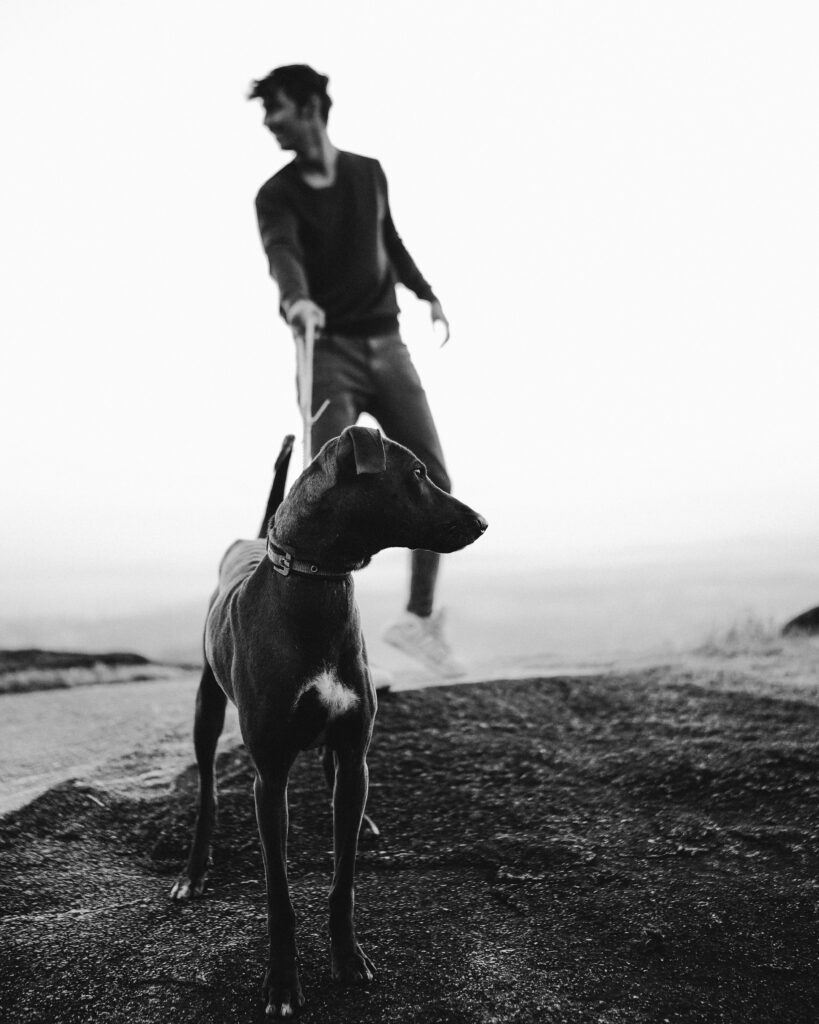
This image is property of images.pexels.com.
Creating a Safe and Comfortable Environment
Creating a safe and comfortable environment for your dog is essential in managing separation anxiety. Here are some strategies to consider:
Designated Safe Space for the Dog
Designate a specific area in your home where your dog can feel safe and secure when you are not around. This can be a room or a crate that is comfortable and cozy. Fill their safe space with familiar toys, bedding, and a comforting item that smells like you, such as a t-shirt. This will help them feel more at ease and reduce their anxiety.
Using Calming Products and Techniques
Certain products and techniques can help calm your dog and alleviate their separation anxiety. Consider using pheromone diffusers, which emit calming scents, or anxiety wraps, which provide gentle pressure to help ease your dog’s anxiety. Music specifically designed for dogs can also help create a soothing atmosphere in your absence.
Gradual Desensitization to Alone Time
Help your dog become more accustomed to being alone by gradually increasing the duration of your departures. Start with short absences and gradually extend the time as your dog becomes more comfortable. Make sure to reward calm behavior and offer positive reinforcement during these training sessions. Over time, your dog will build confidence and learn that being alone is not scary.
Establishing a Consistent Routine
Establishing a consistent routine is key in managing separation anxiety. Dogs thrive on routine and predictability, so providing them with a structure can help alleviate their anxiety. Here are some ways to establish a consistent routine:
Regular Feeding and Exercise Schedule
Feed your dog at the same times each day and ensure they receive regular exercise. By providing consistent meals and exercise, you can help regulate your dog’s energy levels and create a sense of stability in their daily routine.
Training Sessions and Mental Stimulation
Incorporate daily training sessions and mental stimulation activities into your dog’s routine. This can include teaching them new tricks, playing interactive games, or using puzzle toys to keep their minds engaged. Mental stimulation helps tire your dog out and provides a positive outlet for their energy.
Predictable Departures and Arrival Rituals
Establish predictable departure and arrival rituals to create a sense of security for your dog. Before you leave, calmly say goodbye to your dog without making a big fuss. Upon your return, greet them calmly and give them attention after they have calmed down. This routine helps your dog associate your departures and arrivals with a sense of normalcy and reduces their anxiety.

This image is property of images.pexels.com.
Positive Reinforcement Training
Positive reinforcement training techniques can be highly effective in managing separation anxiety. Here are some strategies to implement:
Reward-Based Training Techniques
Utilize reward-based training techniques to reinforce positive behavior. When your dog displays calm behavior while you are away, reward them with treats, praise, or their favorite toy. This positive reinforcement helps to build their confidence and reassures them that being alone is a positive experience.
Teaching Independence and Confidence
Work on gradually teaching your dog independence and building their confidence. Start by leaving them alone for short periods and gradually increase the duration. Encourage them to explore their surroundings and engage in independent activities. By teaching your dog that they can enjoy their own company, you can help reduce separation anxiety.
Desensitizing the Dog to Departures
Desensitization is a helpful technique for reducing separation anxiety. Start by performing departure-related cues, such as picking up your keys or putting on your shoes, without actually leaving. This helps desensitize your dog to these cues, making them less anxious when they see them. Over time, your dog will learn that these cues do not necessarily mean they will be left alone.
Attention and Interaction Strategies
Finding the right balance between attention and ignoring behaviors is crucial when managing separation anxiety. Here are some strategies to consider:
Building the Dog’s Independence
Encourage your dog to be independent by providing them with opportunities to explore and engage in activities on their own. Offer them toys or puzzles that can keep them entertained while you are away. By encouraging independence, you can help your dog become more comfortable with their own company.
Balancing Attention and Ignoring Behaviors
When your dog displays attention-seeking behaviors, such as excessive barking or pawing, it’s important to find a balance between giving them attention and ignoring the behavior. Ignore attention-seeking behaviors and only reward calm behavior. This helps your dog understand that they will not receive attention when they display anxious behaviors.
Simulated Departures and Short Absences
Practice simulated departures by going through your departure routine and leaving for short periods. Start with just a few minutes and gradually increase the time. This helps desensitize your dog to your departures and teaches them that you always come back. Gradually, your dog will start to feel more secure and less anxious when you leave.
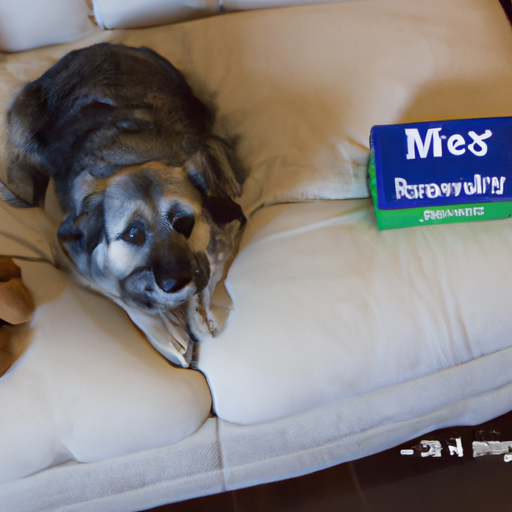
Using Interactive Toys and Puzzles
Interactive toys and puzzles can be a great way to keep your dog mentally and physically engaged when you are away. Here’s why they are beneficial:
Engaging the Dog’s Mind and Body
Interactive toys and puzzles require your dog to use their problem-solving skills and physical abilities. These toys can provide mental stimulation and help tire them out, reducing any pent-up energy or anxiety.
Choosing Appropriate Toys and Puzzles
Select toys and puzzles that are suitable for your dog’s size, breed, and activity level. Avoid toys that can be easily destroyed or pose a choking hazard. Interactive treat-dispensing toys can be particularly effective in keeping your dog entertained and distracted in your absence.
Rotating Toys to Prevent Boredom
To prevent boredom, rotate your dog’s toys regularly. This keeps the toys interesting and prevents your dog from getting tired of them. By providing new and exciting toys, you can keep your dog mentally stimulated and less likely to focus on their anxiety.
Seeking Professional Help
If your dog’s separation anxiety persists despite your efforts, it may be beneficial to seek professional help. Here are some options to consider:
Consulting a Veterinarian or Veterinary Behaviorist
Your veterinarian or a veterinary behaviorist can offer valuable guidance and expertise in managing separation anxiety. They can assess your dog’s condition, provide a diagnosis, and recommend appropriate treatment options. Medications may be prescribed in severe cases to help alleviate your dog’s anxiety.
Behavior Modification Therapy
Working with a professional dog trainer or a certified animal behaviorist can be extremely helpful in implementing behavior modification techniques. These professionals can develop a customized training plan that targets your dog’s specific anxieties and reinforces positive behaviors. They can also provide ongoing support and guidance throughout the training process.
Medications for Severe Cases
In severe cases of separation anxiety, medications may be prescribed by a veterinarian. These medications can help alleviate your dog’s anxiety and make them more receptive to training and behavior modification techniques. It’s important to carefully follow your vet’s instructions and monitor your dog for any side effects.
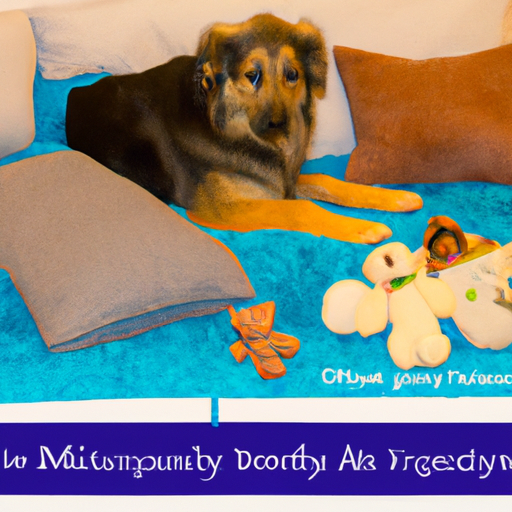
Considerations for Adopting a Second Dog
In some cases, adopting a second dog may help alleviate separation anxiety. Here are some factors to consider:
Benefits of a Canine Companion
Having a canine companion can provide comfort and companionship for a dog with separation anxiety. The presence of another dog can help reduce anxiety and make your dog feel less alone when you are away. However, it’s important to note that not all dogs will benefit from this arrangement, and it should be done on a case-by-case basis.
Introducing the New Dog Properly
If you decide to adopt a second dog, take the time to introduce them properly. Allow the dogs to meet in a neutral and controlled environment, and monitor their interactions closely. Gradually increase their time together and ensure that both dogs are comfortable and compatible before leaving them alone.
Monitoring the Dogs’ Relationship
After adopting a second dog, it’s important to monitor their relationship closely. Some dogs may thrive with a new companion, while others may not get along well. Keep an eye out for any signs of aggression or discomfort between the dogs. If any issues arise, consider consulting a professional to help address the situation.
Alternative Options for Supervision
If you are unable to be with your dog during the day, there are alternative options to provide supervision. Here are some to consider:
Doggy Daycare or Dog-Sitting Services
Doggy daycare or dog-sitting services can provide a safe and supervised environment for your dog when you are away. These services allow your dog to interact with other dogs and receive attention and care throughout the day. It can be a great option for dogs with separation anxiety as they will not be left alone for extended periods.
Pet Cameras and Remote Treat Dispensers
Pet cameras and remote treat dispensers allow you to monitor your dog and interact with them remotely. Some pet cameras even have two-way audio, allowing you to talk to your dog and provide reassurance. Additionally, remote treat dispensers can be used to reward positive behavior and offer comfort while you are away.
Neighbors or Friends Checking In
If your dog doesn’t do well in a daycare environment, you can ask neighbors or friends to check in on them during the day. This can involve short visits to provide companionship and ensure your dog’s well-being. Knowing that someone is checking in on them can help ease their separation anxiety.
Conclusion
Understanding and managing separation anxiety in dogs is crucial for both their well-being and the happiness of their owners. By recognizing the signs and causes of separation anxiety and implementing effective strategies, you can help your dog feel comfortable and secure when left alone. Creating a safe and comfortable environment, establishing a consistent routine, using positive reinforcement training, and considering alternative options for supervision are all essential components in managing separation anxiety. Remember, with patience, consistency, and professional guidance if needed, you can help your dog overcome separation anxiety and enjoy a calmer home alone experience.


